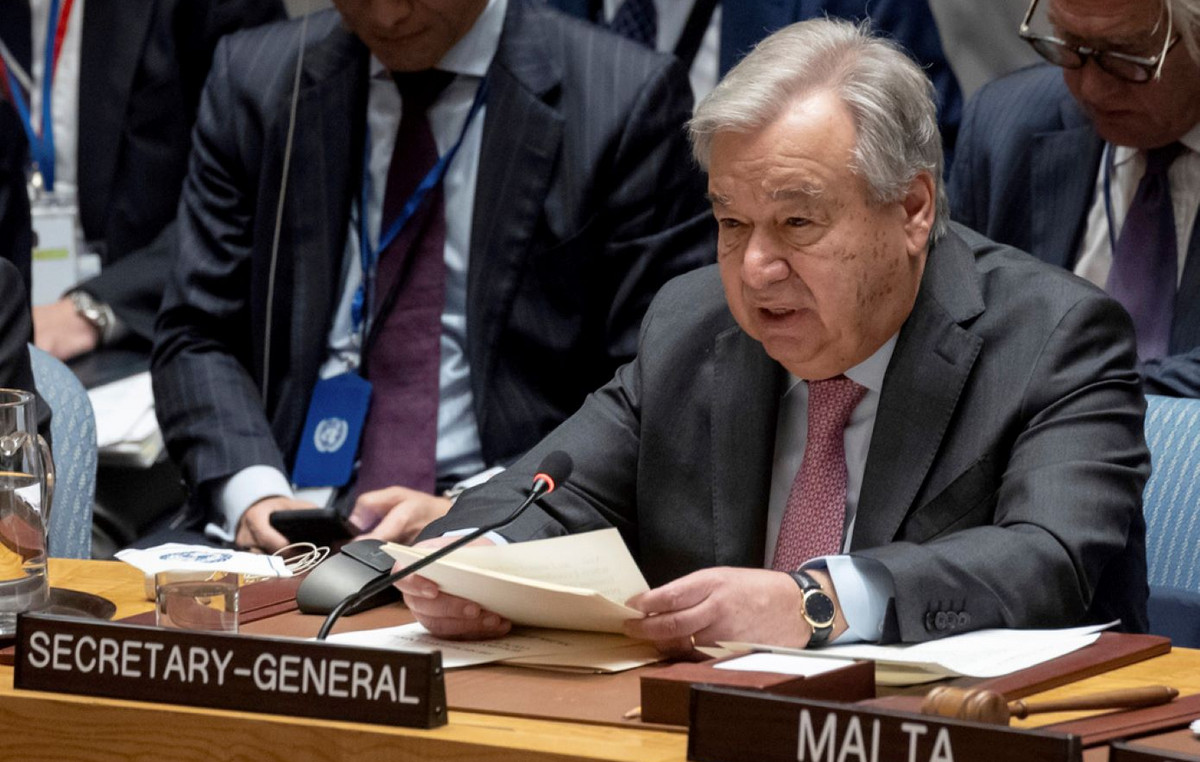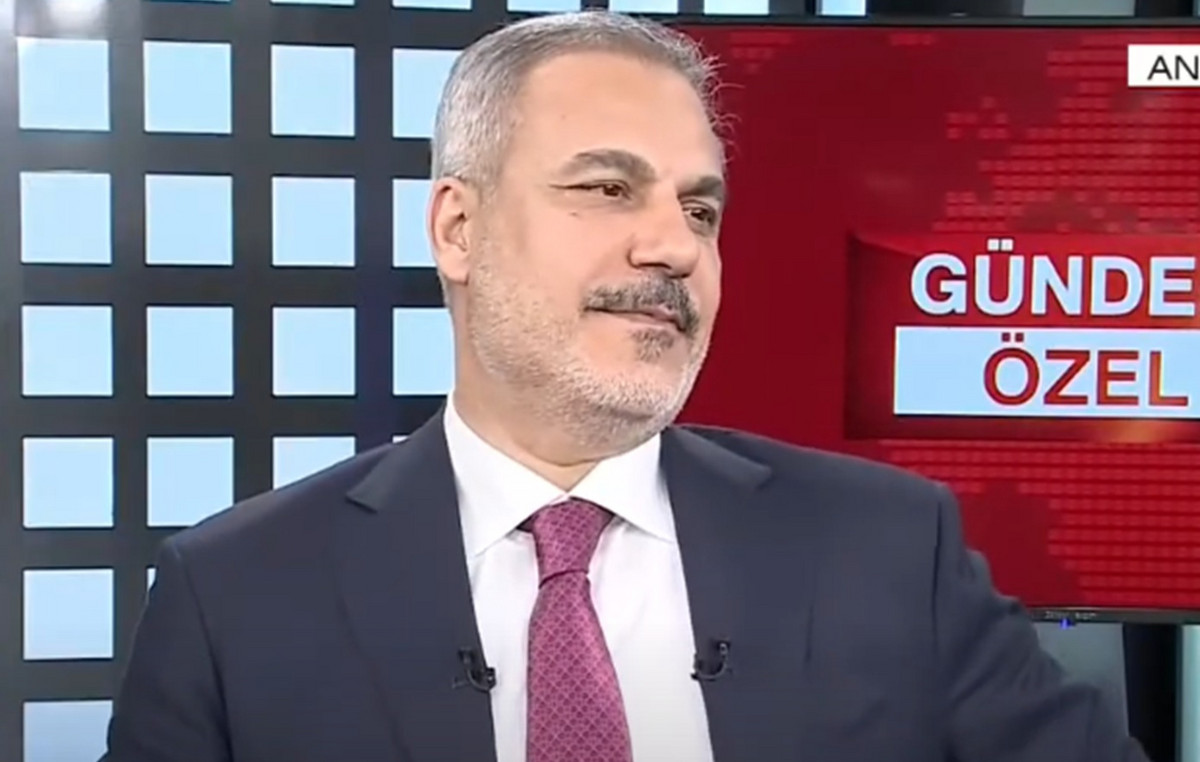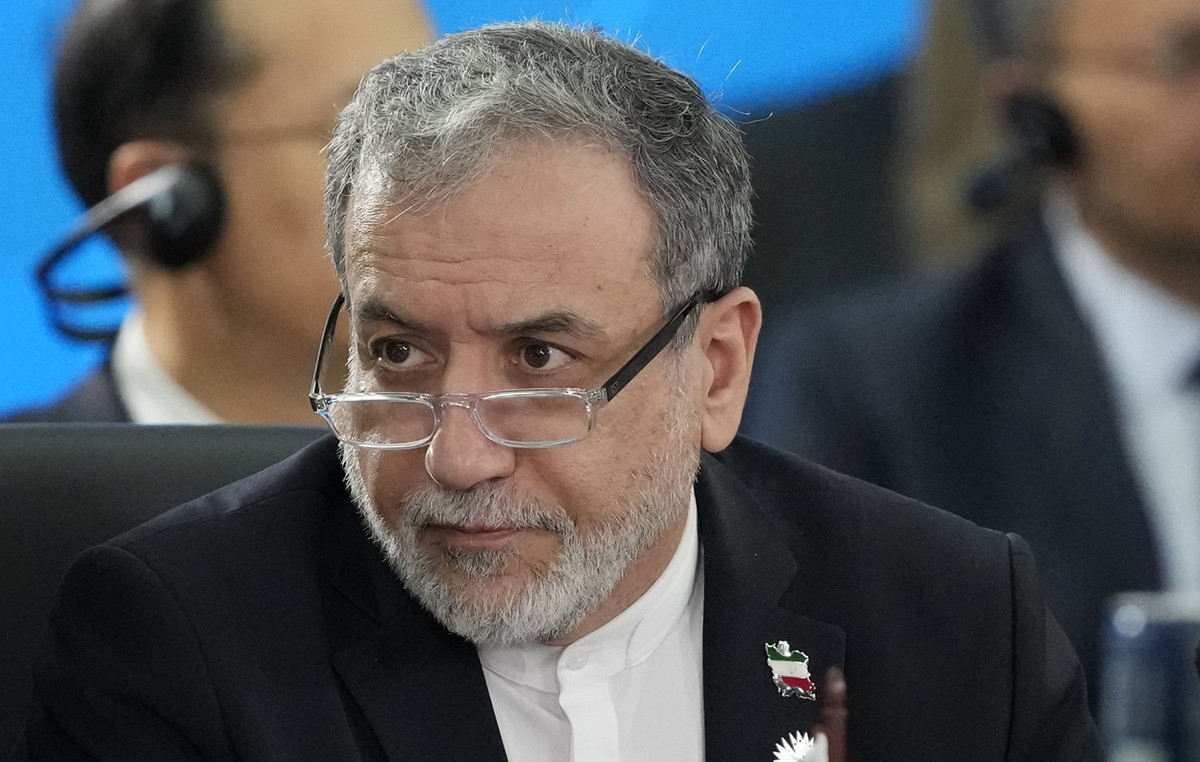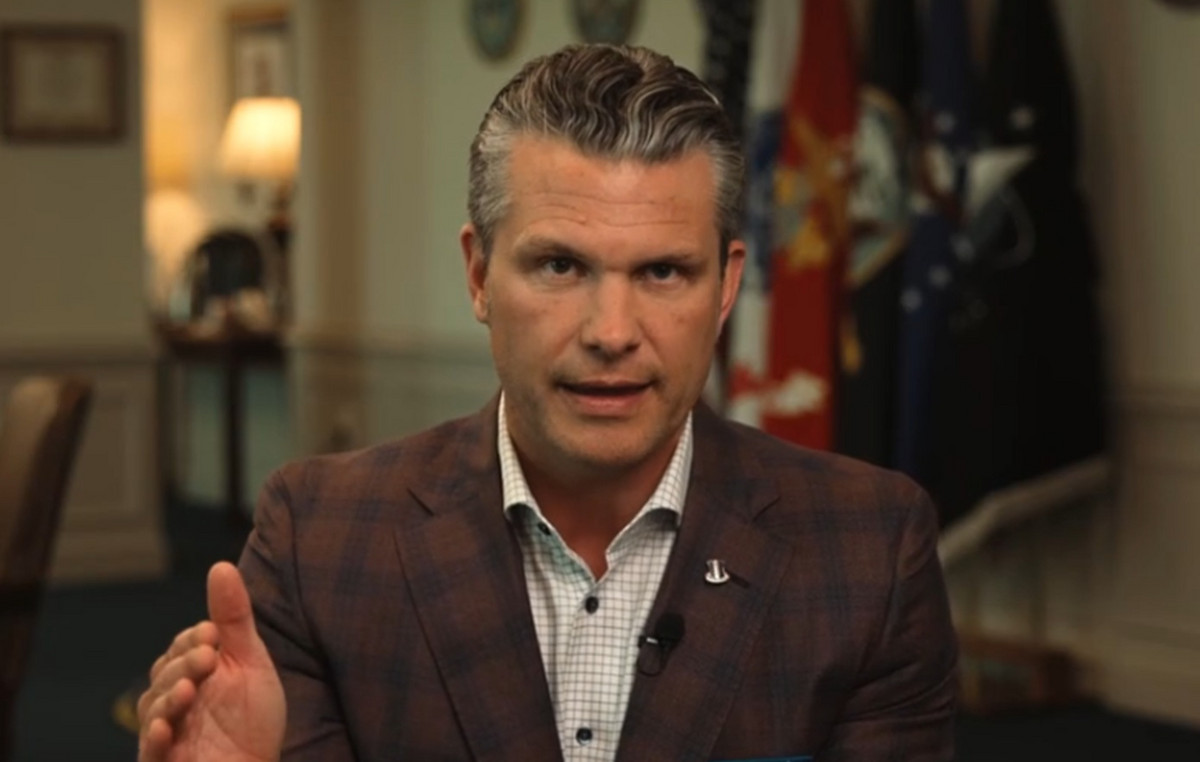A year after the devastating floods that plagued Rio Grande do Sul in 2024, many cities still struggle to recover from the damage caused by the catastrophe. The series “The RS struggle: survival and reconstruction ” from the CNN Brazil It reveals the difficult reality faced by residents and the infrastructure severely compromised in various regions of the state.
In the Taquari Valley, one of the most affected areas, cities like Muçum, with less than 5,000 inhabitants, have scenarios of destruction that look frozen in time. Clara, a resident who lived for 33 years in the city, shared her experience: “My trip there in Muçum is always with nostalgia, because I raised my family there. We live away for the sake of getting things there and who knows, right, we don’t see this possibility of fear that the river comes back again”.
Committed infrastructure
The floods did not spare the state’s vital infrastructure. Bridges were carried by the force of the waters, leaving communities isolated for months. The connection between the cities of Arroio do Meio and Lajeado, for example, was made by floating boats and catwalks for a long time. The new definitive bridge, designed to be 51 meters larger and 5 meters higher than the old structure, was only delivered in April 2025, almost a year after the tragedy.
In Porto Alegre, the capital of Rio Grande do Sul, the Dike and Complees System was insufficient to contain the largest flood in the city’s history. Environmental Planning Engineer Vicente Halber pointed out: “The floodgates through which water has entered, since 2020 there is no maintenance.
Impact on air transport
Salgado Filho International Airport, in Porto Alegre, the main gateway to the state, was also severely affected. With water reaching approximately one and a half meters, the terminal was paralyzed between May and October 2024. The total operation was only resumed in December of the same year, after an investment of 426 million reais approved by the National Civil Aviation Agency (Anac) for the reconstruction of the infrastructure.
The tragedy exposed vulnerabilities and aroused discussions about urban planning and disaster prevention. The architect expert in urban planning, Augusto Alves, suggests: “We need to take people who are in the most vulnerable places, but the central areas, consolidated areas reached, you have to be convinced with it. Some ideas of doing parks in these areas, that idea of making a region of flood cushioning, so that concept is used, sometimes it is said, it refers that concept of sponge city.”
A year after the catastrophe, Rio Grande do Sul continues their struggle for reconstruction, facing significant economic and social challenges. The resilience of gauchos is tested daily as they seek solutions to live with the new reality imposed by nature and work to prevent future disasters of similar proportions.
This content was originally published in gaucho cities have abandoned neighborhoods after floods of 2024 on the CNN Brazil website.
Source: CNN Brasil
I’m James Harper, a highly experienced and accomplished news writer for World Stock Market. I have been writing in the Politics section of the website for over five years, providing readers with up-to-date and insightful information about current events in politics. My work is widely read and respected by many industry professionals as well as laymen.







